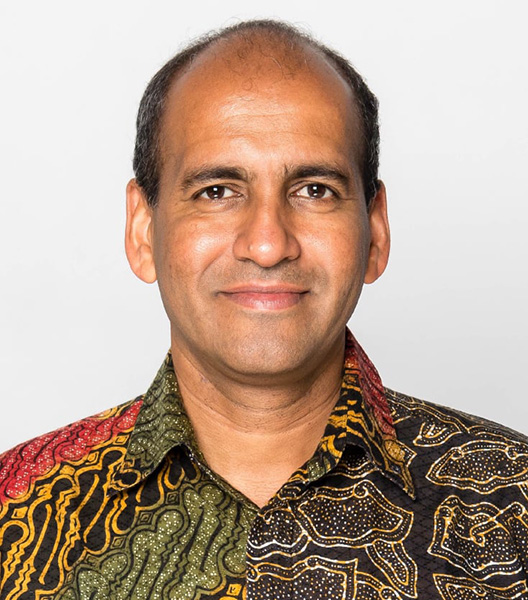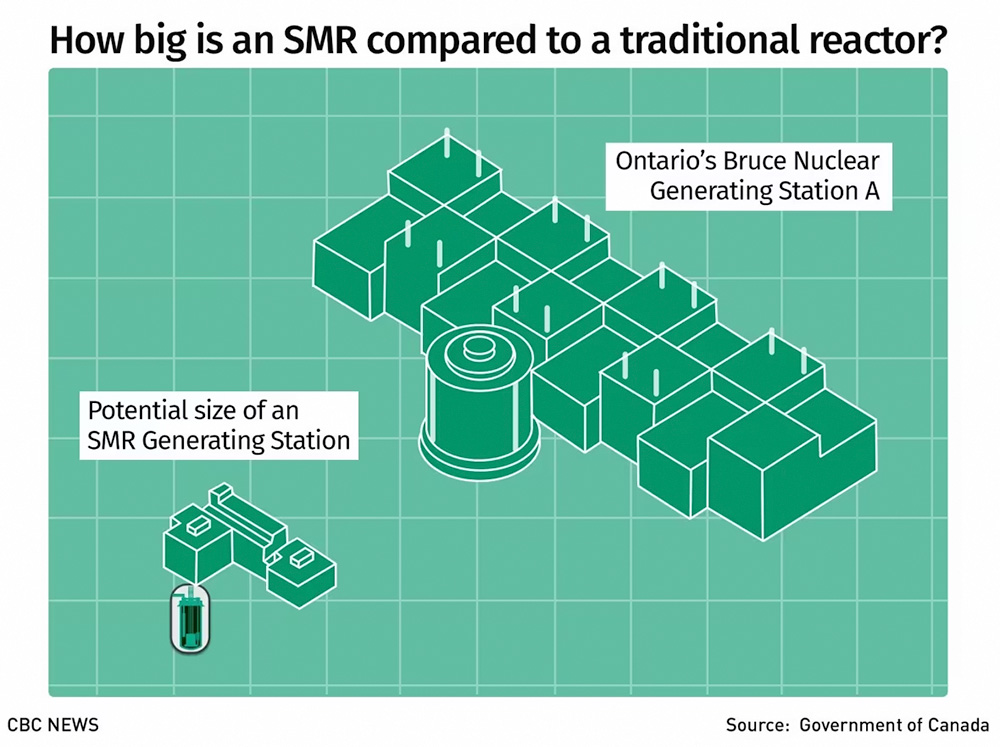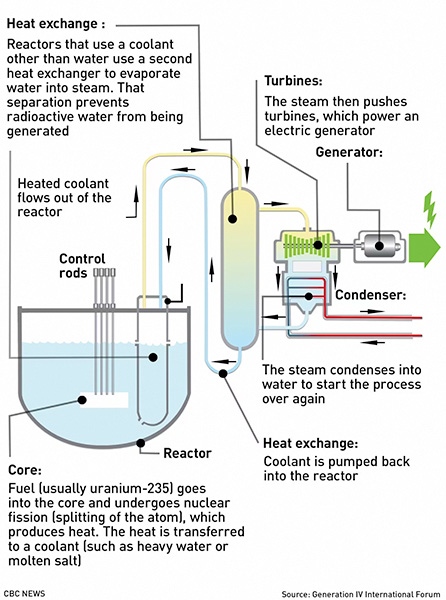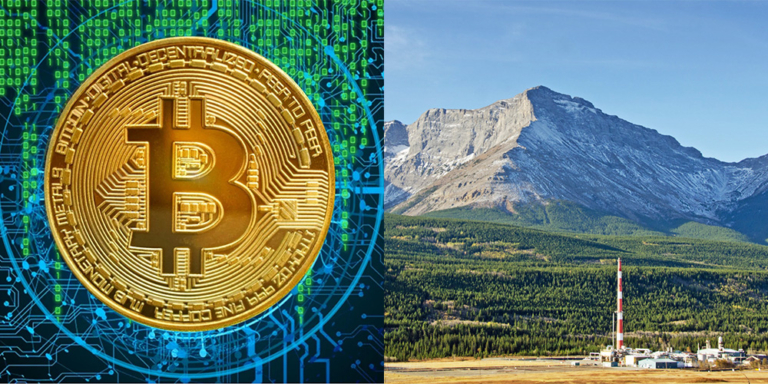Governments worldwide are moving towards net-zero emissions.
Last November, two hundred countries–including Canada–came together and agreed to transition away from fossil fuels.
These countries committed to doing their part in trying to keep the Earth from overheating.
The Agreement signed at the latest World Climate Summit (COP28) signalled the “beginning of the end” of the fossil fuel era by laying the ground for a swift, just and equitable transition, underpinned by deep emissions cuts and scaled-up finance.”
But don’t tell that to Alberta.
Grow Oil And Gas to Green Alberta?
The Alberta government is trying to plan our route away from the impending climate crisis, not by phasing out fossil fuels but by doubling output.
“Alberta plans to grow oil and gas production while lowering emissions intensity,” says Premier Danielle Smith.
Increasing production while decreasing emissions is no easy task, to be sure.
So, Premier Smith is getting creative.
One of her pet strategies proposes the development of ”green” hydrogen production facilities. These plants would produce hydrogen fuel by combusting natural gas and then employ Carbon Capture and Underground Storage (CCUS) technologies to sequester the resulting carbon emissions underground.
In addition to hydrogen and CCUS, Smith’s government has been promoting the idea of building small modular nuclear reactors (SMR) to create further “green” energy for the province.
The main idea is that small nuclear reactors could help reduce carbon pollution while allowing the continued operation of the traditional energy and mining sector.
A win-win, so to speak.
This prospect appears promising on the surface, but a deeper examination reveals concerning flaws.
Years Before Nuclear Would Be Ready
One of the main selling points the provincial government is using to promote investing in small nuclear reactors is that it would help Alberta reach its 2050 net-zero carbon emissions goals.
But there is one major problem with that thinking.


Small-scale nuclear reactors likely won’t even be operational by those deadlines.
“[Their] still in the design phase,” Kennedy Halvorson, a conservation specialist with the Alberta Wilderness Association, told The Tyee about small-scale nuclear reactors.
The reactors are “so far off from being able to be used.” Halvorson said adding that “the earliest projections would be 2030. And we need to be reducing our emissions before 2030. So, we need to have solutions now, basically.”
Even if the technology is ready by 2030, building a nuclear reactor takes about ten years, so getting “to the point where it starts supplying electricity to the grid” will be very far off, said M.V. Ramana, Professor and Simons Chair at the University of British Columbia.
Besides the long timeline for design and construction, we’d still have a democratic process to get through before small-scale nuclear reactors are approved.
Currently, Alberta has no regulatory framework for nuclear energy, and considering the risks of nuclear plants, let alone a first-of-its-kind nuclear plant, the room for public pushback is considerable.
The public perception of nuclear power is not good, and a strong anti-nuclear sentiment started in the late 60s and 70s persists to this day.
Overall, even if the small-scale nuclear plants were operational by 2040, that would give them about ten years to make a dent in carbon emissions, which brings us to the next little problem with this scenario.
With Nuclear Bigger is Better
The idea of a “small” nuclear reactor may make the idea seem less intimidating or less capable of deadly radioactive fallout.
But it’s not, and besides that, there’s a reason nuclear reactors have been built on a large scale.
The first nuclear reactors started off small.
But their capacity to produce energy, paired with the obscene price tag attached to building them, just didn’t cut it. Fossil fuels were obviously a more economical option, hence the explosive growth of the latter.
Building bigger was the only way to alter nuclear’s clear financial disadvantage.
Larger reactors meant five times the power production without costing 5x more to construct .
Hence, we see only sizable nuclear power plants worldwide.
Smaller reactors also mean a smaller dent in emissions – at a greater cost.
Speaking of cost-effectiveness, both wind and solar can make huge dents in emissions at a fraction of the cost of nuclear or oil.
Getting less bang for your buck is not a good outcome especially for Alberta taxpayers.


Then There’s the Water Problem


There’s a lot of money to be made in “green and clean” technology, but not every “sustainable” option is created equally.
A popular way governments and companies sell “green” options is by only talking about how much the option reduces carbon dioxide pollution and not looking at all the different ways something can affect the environment.
“When we reduce it all to just how much CO2 something emits, we’re not getting the full picture,” said Halvorson.
For example, in Alberta, we’ve been in an ongoing 3-year drought, and nuclear technologies, big or small, take an absolutely massive amount of water to function.
“Our water resources are so precious. We already have industries that are using way too much water as is, in a way that’s not allowing our environments and ecosystems to replenish their reserves,” said Halvorson.
Danielle Smith plans to double our oil and gas production and double our population by 2050. Our need for water will obviously double if those two things happen.
Add nuclear water needs to the mix, and we’ll simply suck Alberta dry.
Solar and wind power don’t require the water inputs of oil and gas or nuclear.
We see a theme developing here.
So, Why the Push for Nuclear?
Essentially, it comes down to the government pitch; “Alberta plans to grow oil and gas production.”
“A lot of people gain enormously from that, whose lives are incredibly rich materially because they are profiting from the use of fossil fuels, and they don’t want that game to stop,” said UBC’s Ramana.
Some governments and corporations disguise the fact they’re prioritizing a small number of investors over the well-being of everyone else.
“Technology is one way by which [the industry] can keep claiming that they’re going to solve this problem while continuing the same way,” says Ramana.
Essentially, “lowering emissions intensity” is just good marketing.
Hence, small nuclear reactors are suddenly “appealing.”
They’re the perfect guise of progress while keeping things exactly as they are.
Running smoothly, perfectly “oiled.”
The same stuff but in a shiny new package.
Are Albertans buying?
Time will tell.






